Mining in Deposits of Light
Andrei Nacu


4—5/18
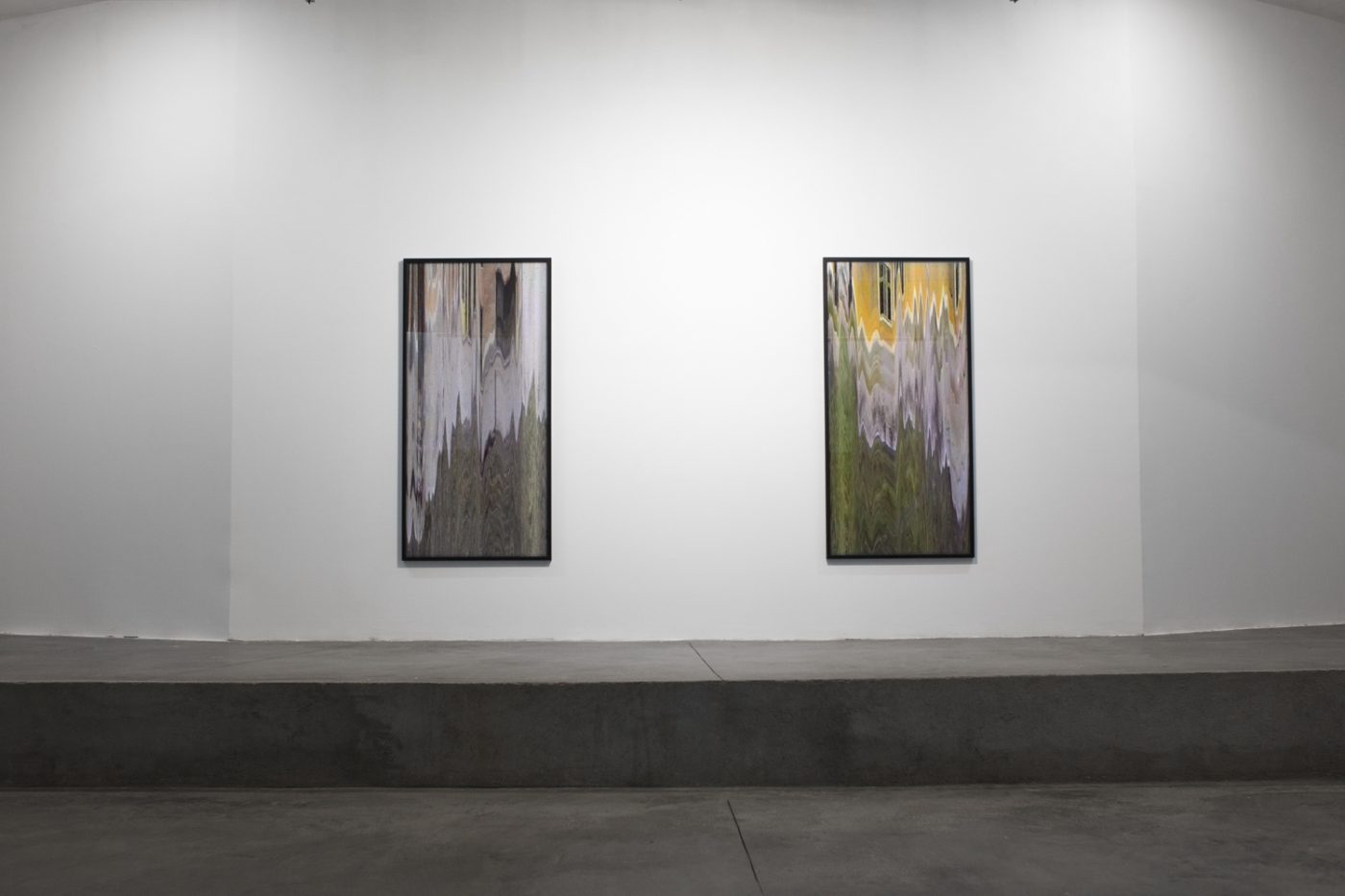
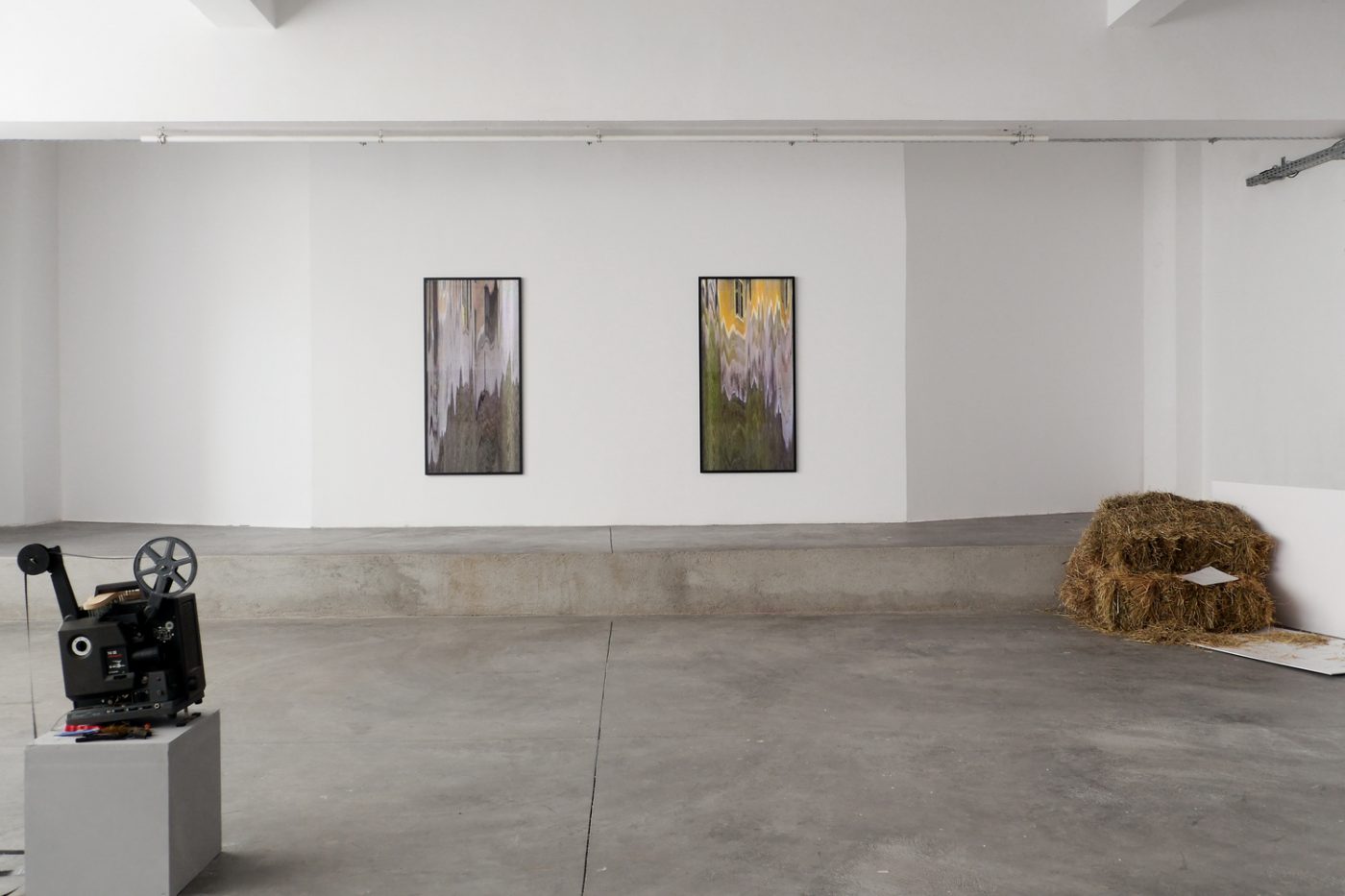
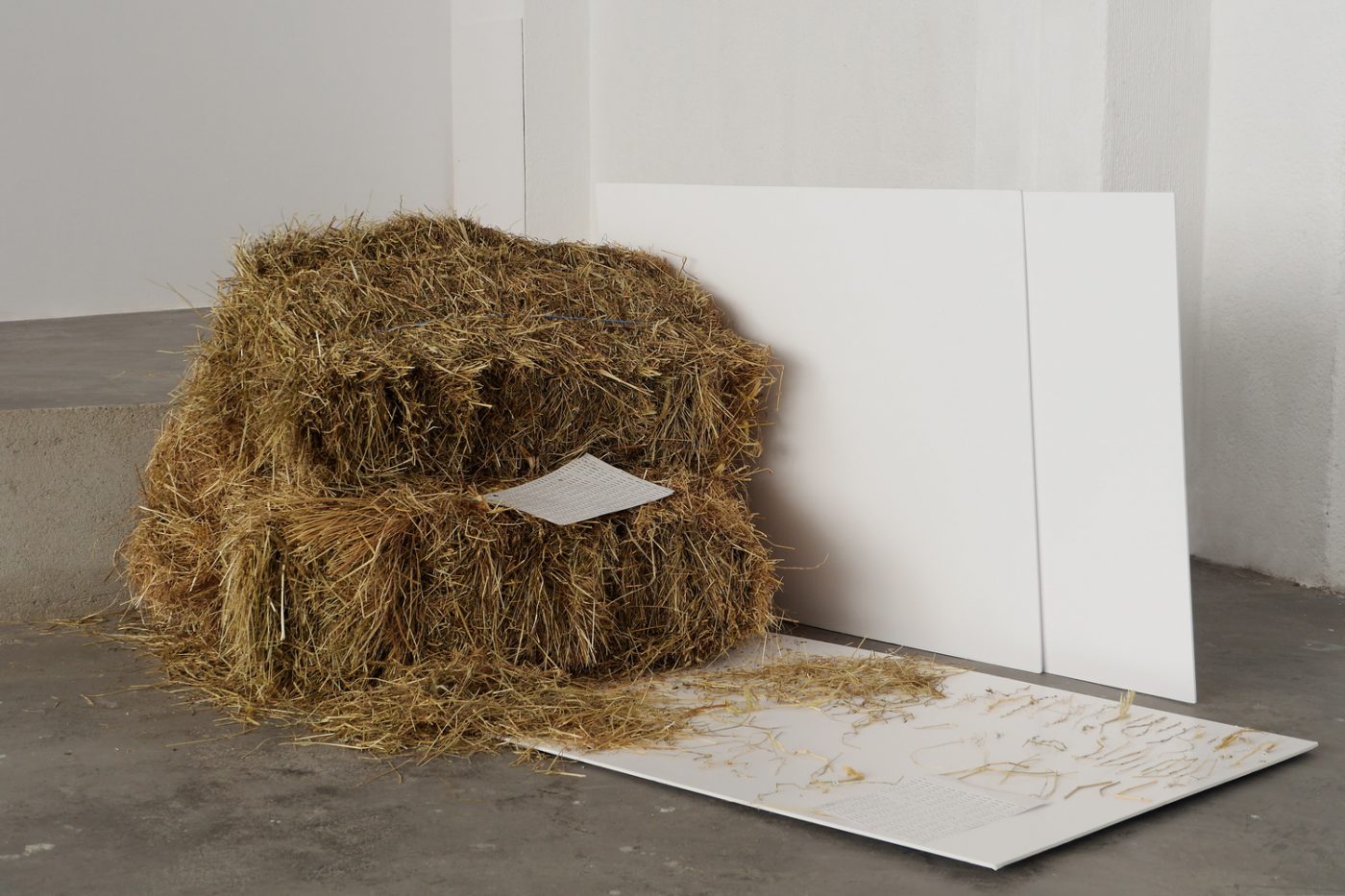
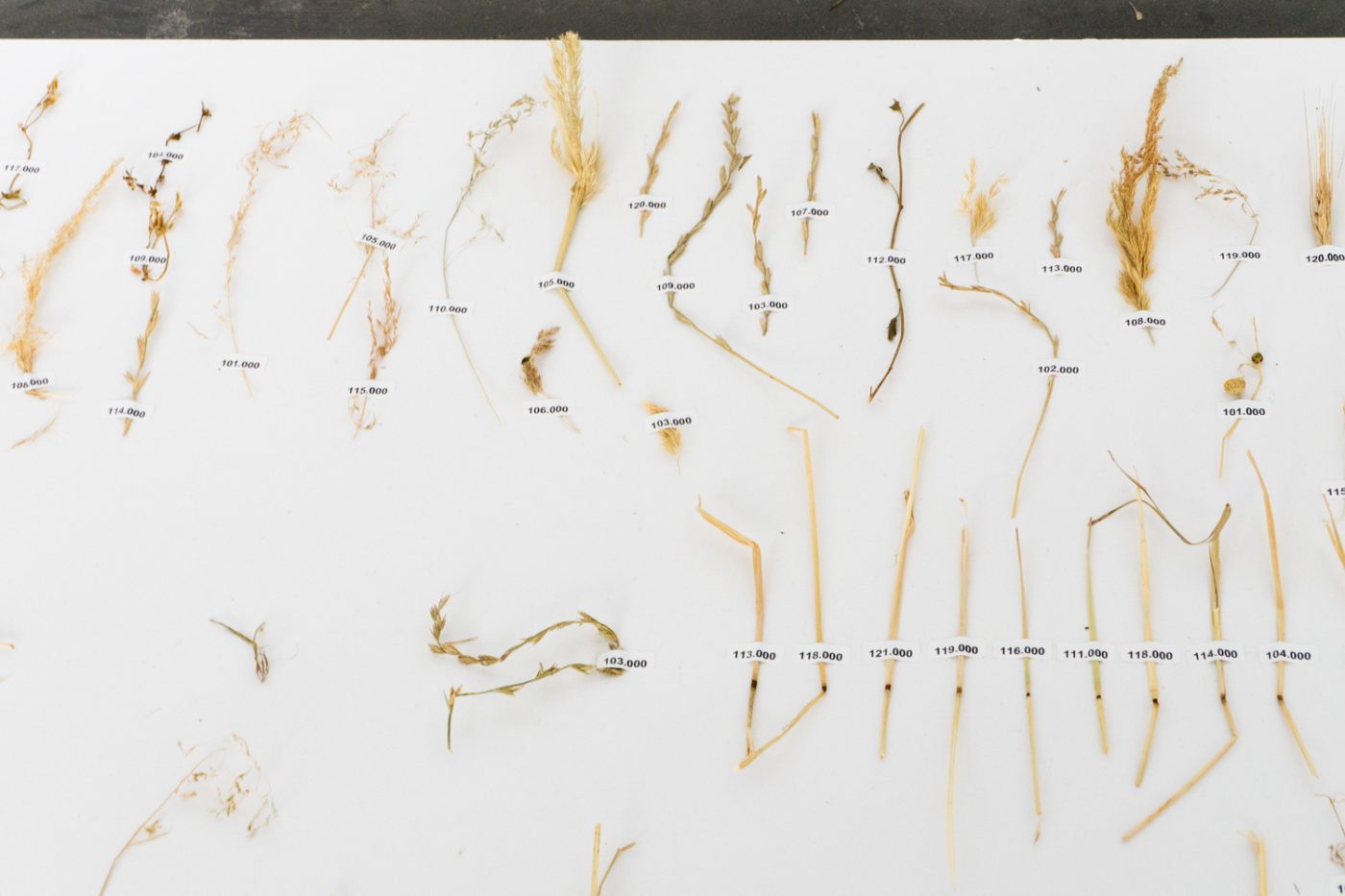
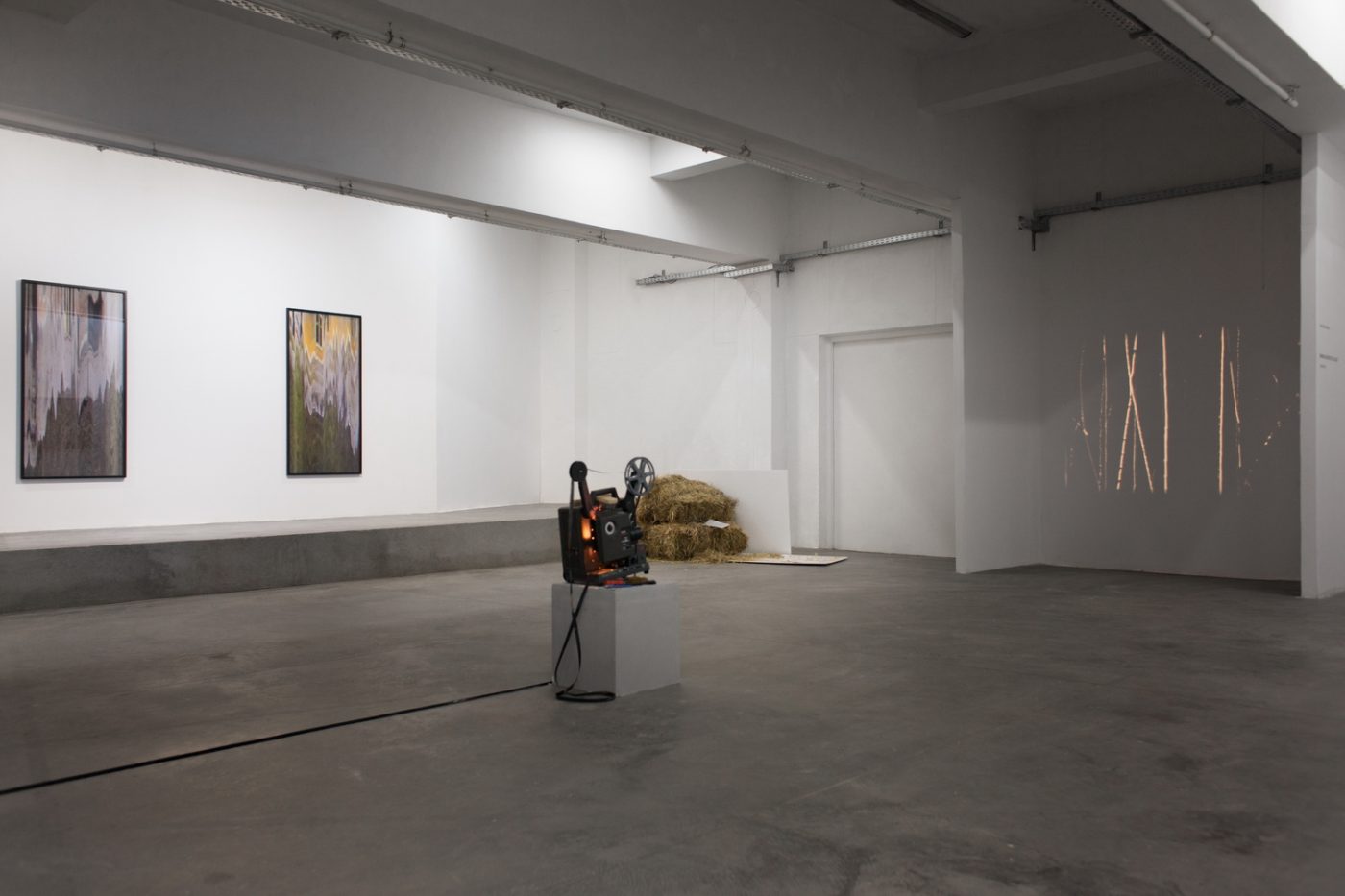


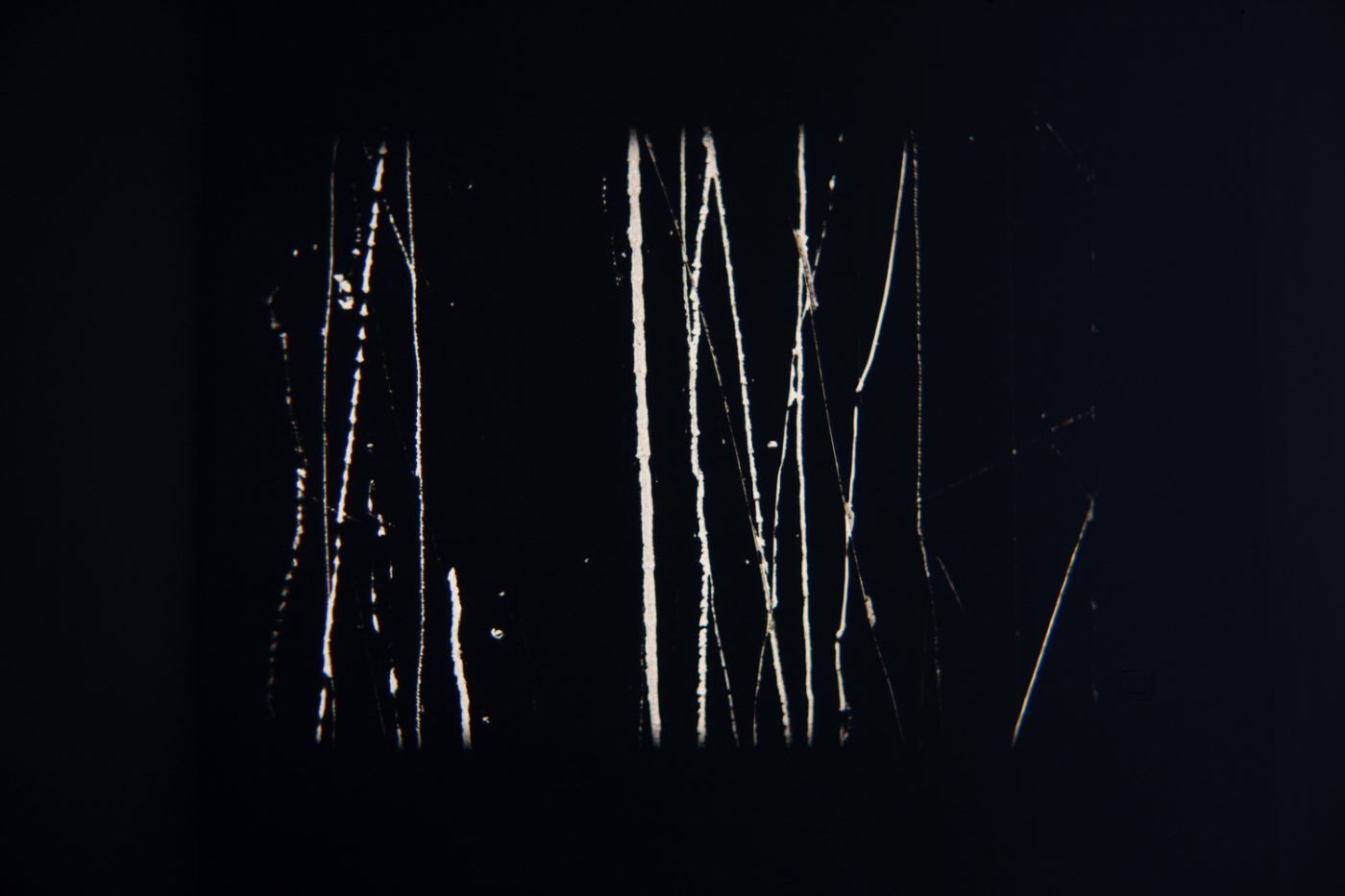
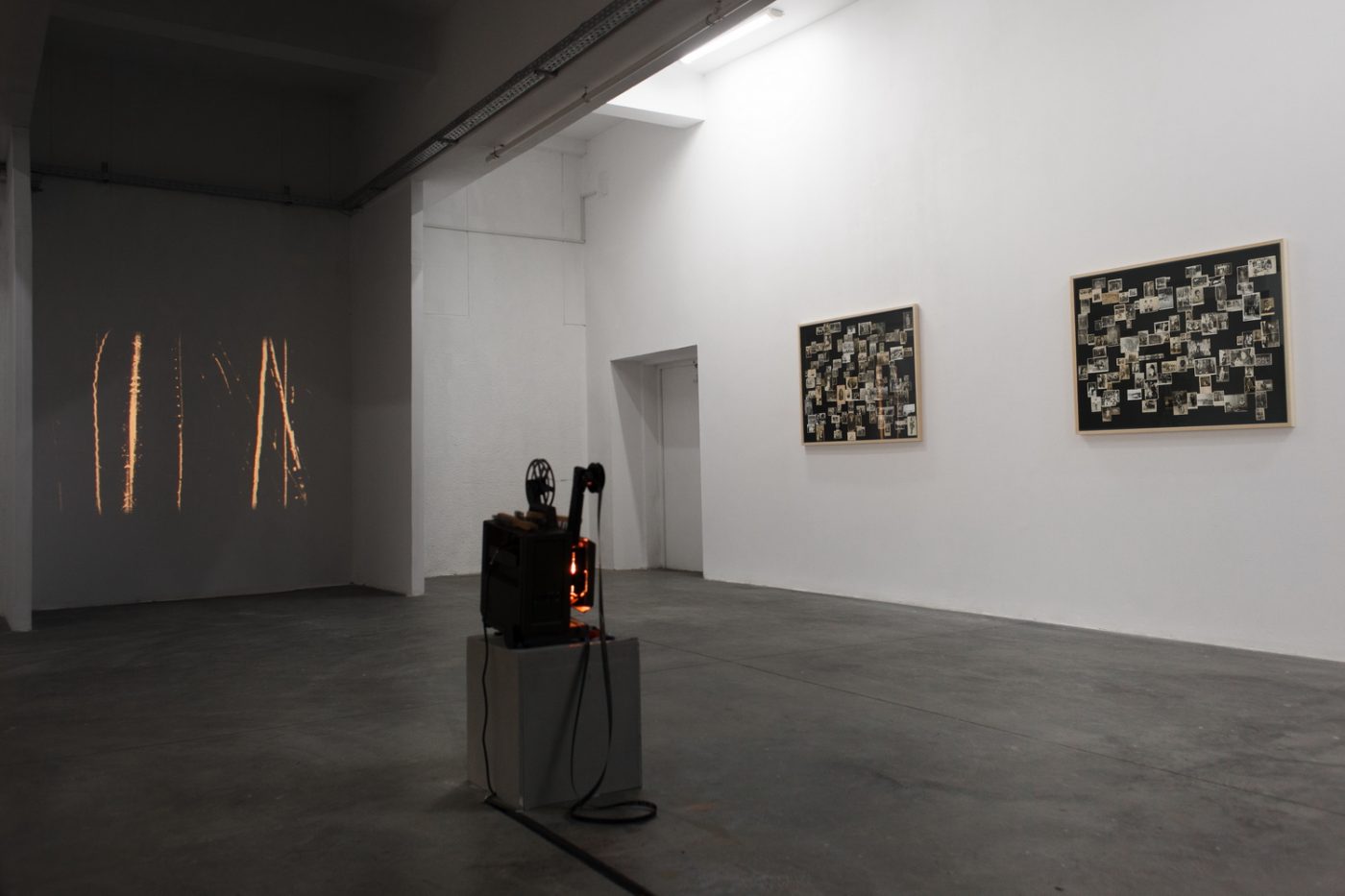
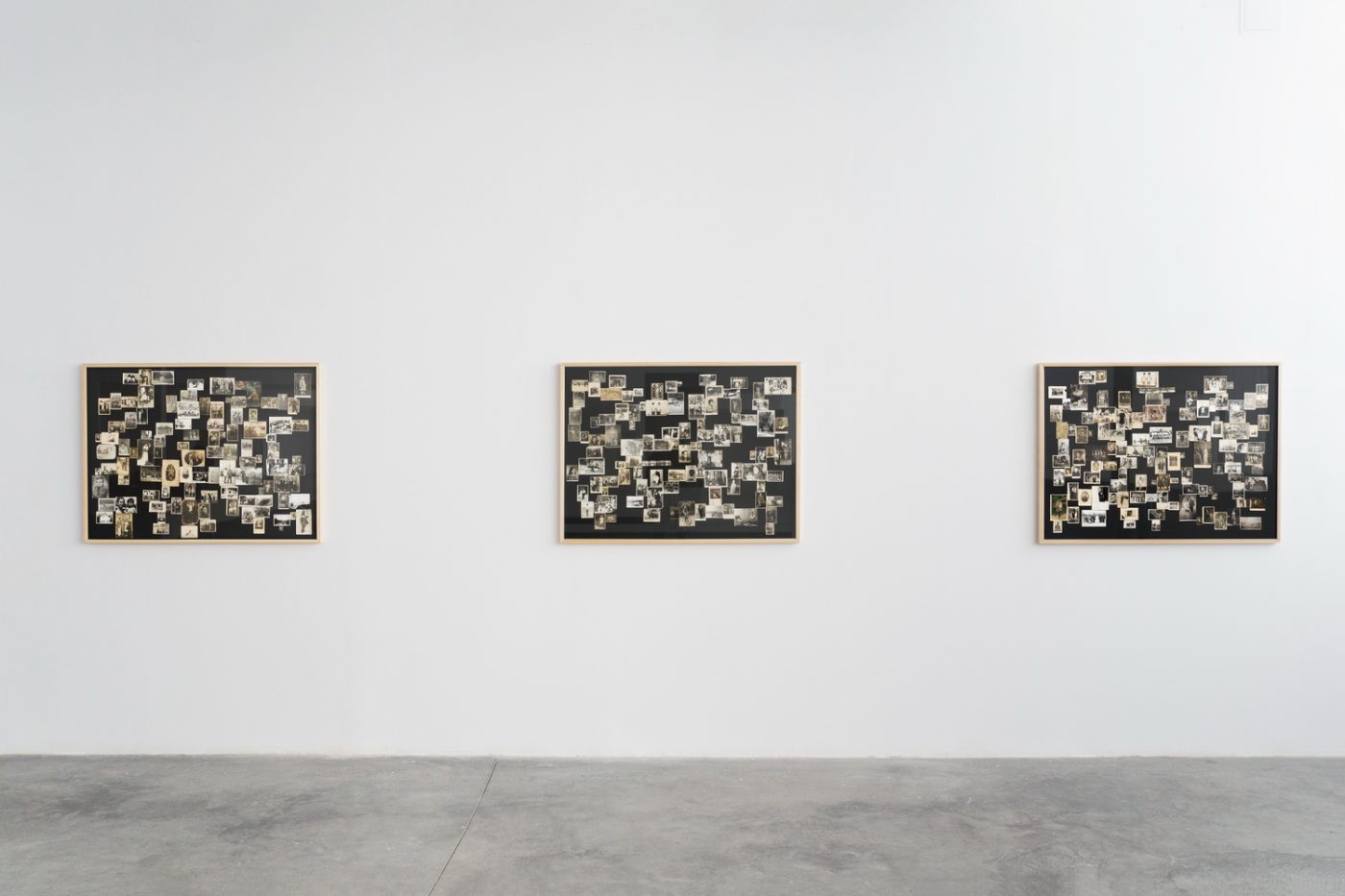
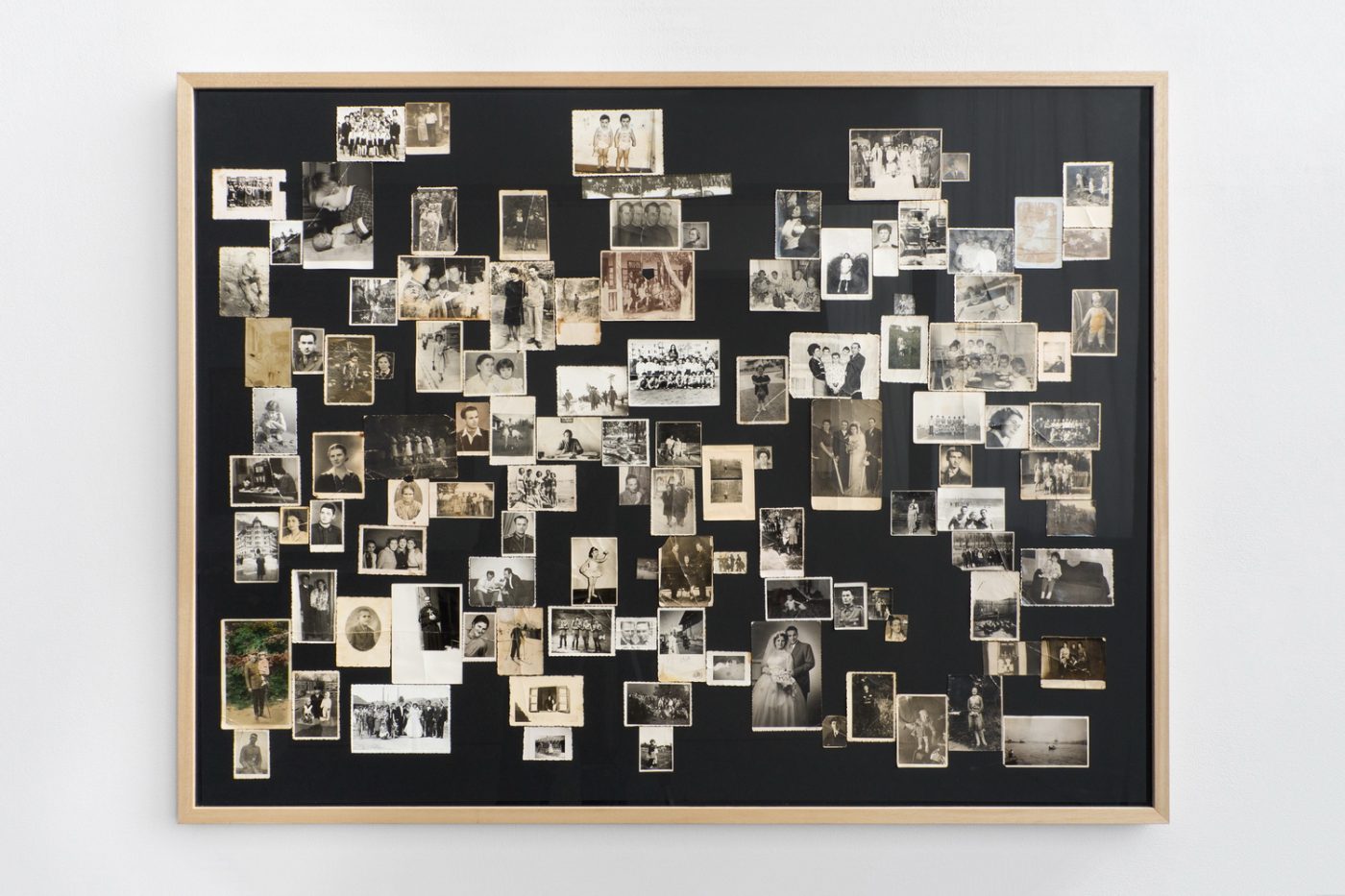
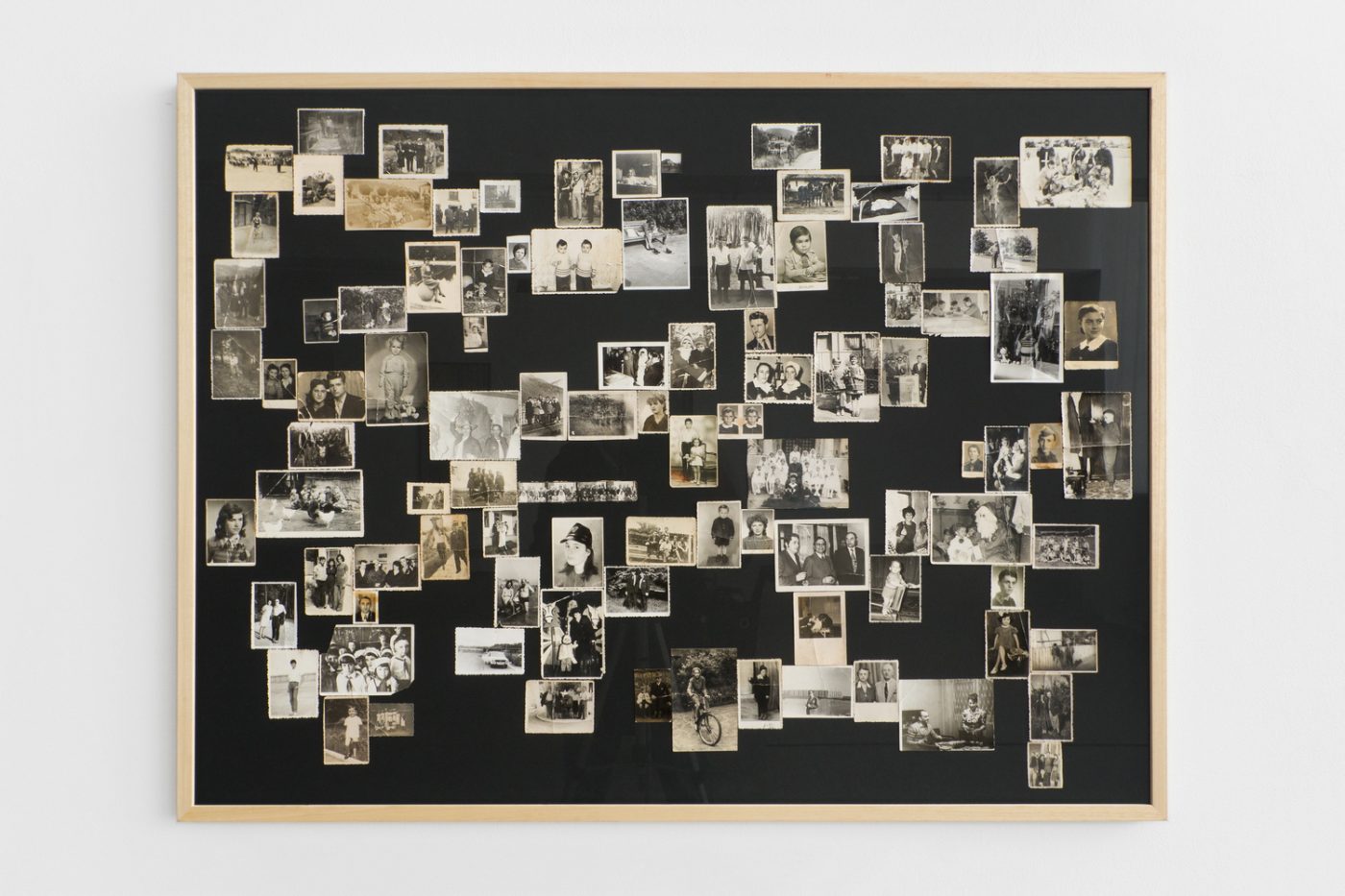
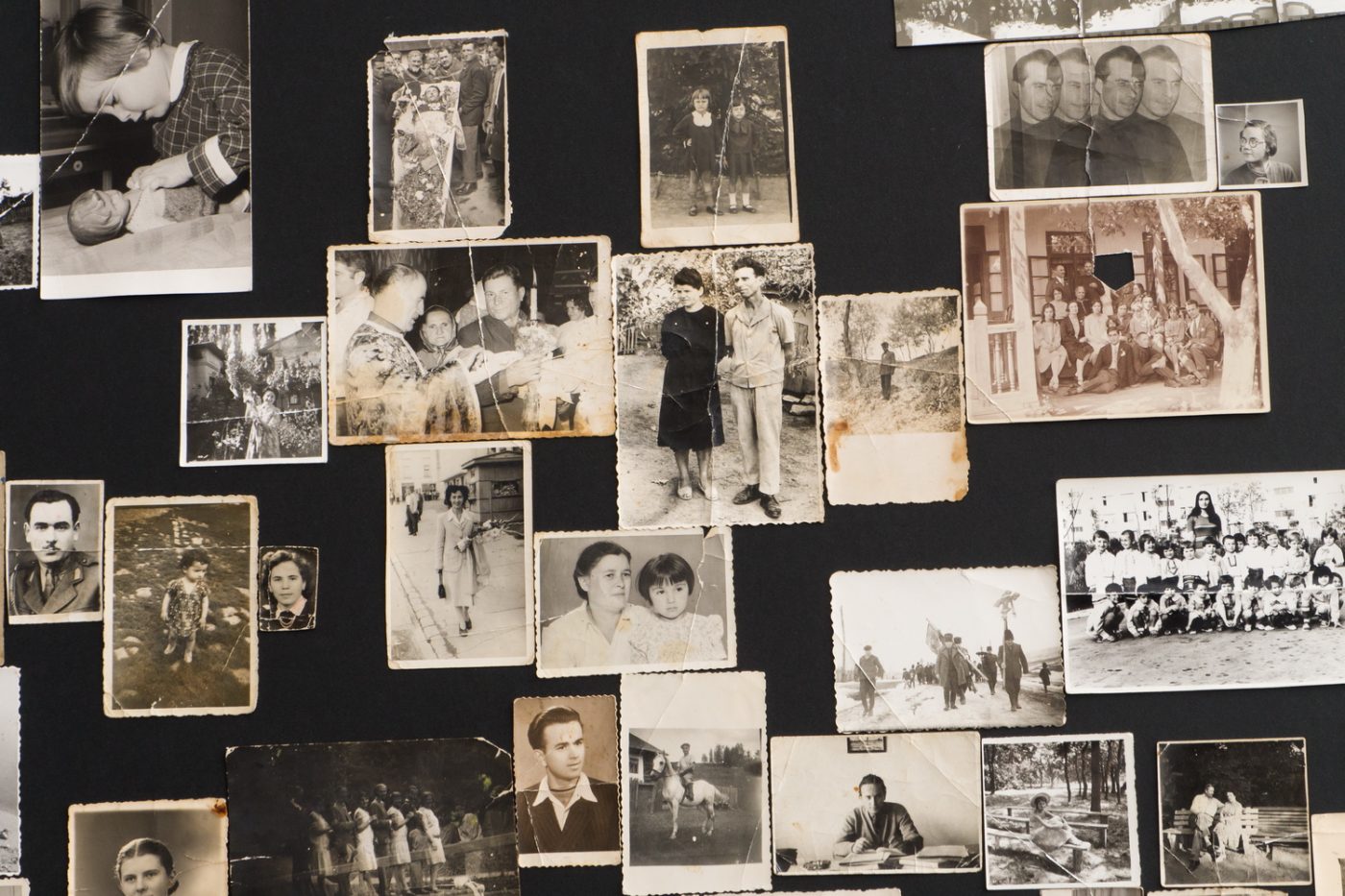

Pressrelease
In his recent publication suggestively entitled The Exform Nicolas Bourriaud identifies a tendency in contemporary art to revisit and explore the remains and wastes of capitalist hyper-production, remains of linguistic and semiotic practices, ruins of material culture and insignificant objects through the exclusion of which contemporary society produces the illusion of a coherent and stable reality. According to the French curator and theorist, the political task of contemporary art would consist in bringing the world to a precarious state, ceaselessly affirming the transitional and circumstantial nature of the institutions that structure social life. Often, this becomes possible by exacerbating the recalcitrant materiality of processes, events and historical objects surrounding us.
In his turn, Andrei Nacu combines the critical investigation of archives, provisionally built by incorporating vernacular images collected from flea markets, with the persistent unravelling of the processes through which images incorporate in their very materiality their own production labour and context. The similarities between Andrei Nacu’s artistic project and cultural archaeology which, according to Walter Benjamin, excavates the ruins of everyday life in order to extract some meaning concealed under the destructive effects of temporal duration, are withstanding. His deceptively simple works exemplify the growing interest for subjective archiving in contemporary art. The notion of contingency and the materialization of the passing of time play a fundamental role in his subjective and fortuitous encounters with the objects and images that he discovers.
The art pieces presented in the exhibition Mining in Deposits of Light highlight the tension between the flux of images in contemporary visual culture, their effects of power in the social field and the rational and retrospective reconstruction of historical events from the collision of chance happenings, which always operates cuts in the tissue of the present it aims to explain. That is why these artworks consciously assume a poverist and minimalist aesthetic which recall the atmosphere of the artistic experiments of the 1970s. The insistence on the materiality of the image indicates the distance that separates our present-day concerns from the formal investigations of those times.
Although they use the media of analog photography and film as raw matter, the images and visual assemblages that compose the exhibition surpass the regime of representation and, in particular, that of photographic evidence. Andrei Nacu assembles and decomposes images that carry with them, in different ways, a performative dimension: they expose a brute, material, often non-human and sometimes absurd work, which transgresses the semiotic regime of cognitive work associated with visual arts understood as a factory of representations. Be it a 16mm film which produces an abstract representation through the mechanical scratch of the film reel the during its projection, or the decomposition of 10 minutes recording the execution of the Ceaușescu couple, from which the artist recomposes in an abstract diptych only the margins of the 250 frames which make up the sequence in order to situate the viewer inside the very reality of the image, the images presented are always self-productive. These images are formed concomitant with the de-structuration of their support, the dismantling of the frames and of other discrete visual units which usually break down the continuum of experience in order to bestow meaning on this sensorial multitude. They encapsulate a paradox: any iconoclast gesture is also productive, the image itself being impossible to annihilate. The disappearance of a representation generates a new image: the image of its disappearance -̶ its trace.
Alongside the archaeological metaphor of mining, the dissection of an image on film (associated by Walter Benjamin to the artist as a surgeon) can be considered an archival operation: it signifies the artistic gesture through which the paradoxical disappearance of the image in collective memory through classification and codification is reconstructed. The dissection of the photographic frame to which the exhibition title alludes is another analytical operation from medical practice which evokes a forensic framework: to get inside a body in order to detect the causes of a (usually, traumatic) event. It is no coincidence that it operates on a dead body: its main purpose is to diagnose, to restore an order of events interrupted by death out of its symptoms without being able to change the course of history. Therefore, according to Jacques Derrida, the archive is haunted by a death drive, being able to be understood as ”the place where the image goes to die”, although the archival machinery is being precisely to ensure its immortality. Therefore, the dissection of an image can be considered archival: it is the artistic gesture through which its disappearance in collective memory through classification and recoding is being reconstituted.
Nacu’s interventions on the surfaces of the image are randomly realized, for instance, taking as a structuring principle the cracks occurred in the materiality of the printed image, or introducing material devices meant to disturb the homogeneous construction of a representation. In other situations, Nacu expands until it becomes an abstraction an iconic frame for contemporary Romanian culture founded on the violent social rupture produced in 1989. The resulting configuration of pixels refuses the monocular perspective and, evoking the visual model of the panorama, situates the spectator within the frame. The diptych thus obtained through image processing interrogates the current position of the viewer and the effects of that historical moment as they are perceived in the present. Last, but not least, Nacu proposes an absurd archive where he operates, this time, not on the materiality of pictures, but on the process of constructing an image as a mental representation taking as a starting point an exercise in the classification of hey. The uselessness of this maniacal structuring process, which mimetically reproduces work as information management typical for conceptual art in the sixties and seventies, deconstructs our expectances to value the work of the artist as a critical, politically efficient or discursively relevant labour, voluntarily failing to produce a finite representation of a seemingly coherent natural epistemology.
Turning to account the performativity and materiality of images, understood as opaque contact surfaces that destabilize their viewers, and not as permeable screens, where subjectivity can be reconstituted and reassured by the piercing gaze, eventually results in affirming the precariousness of the units of meaning temporarily constituted in the aesthetic experience facilitated by their installation. Equally important is the fact that the works produced for this exhibition delink the artistic labour from its representational task, opening it up to other potential ways of gaining value and meaning.
Curated by Cristian Nae